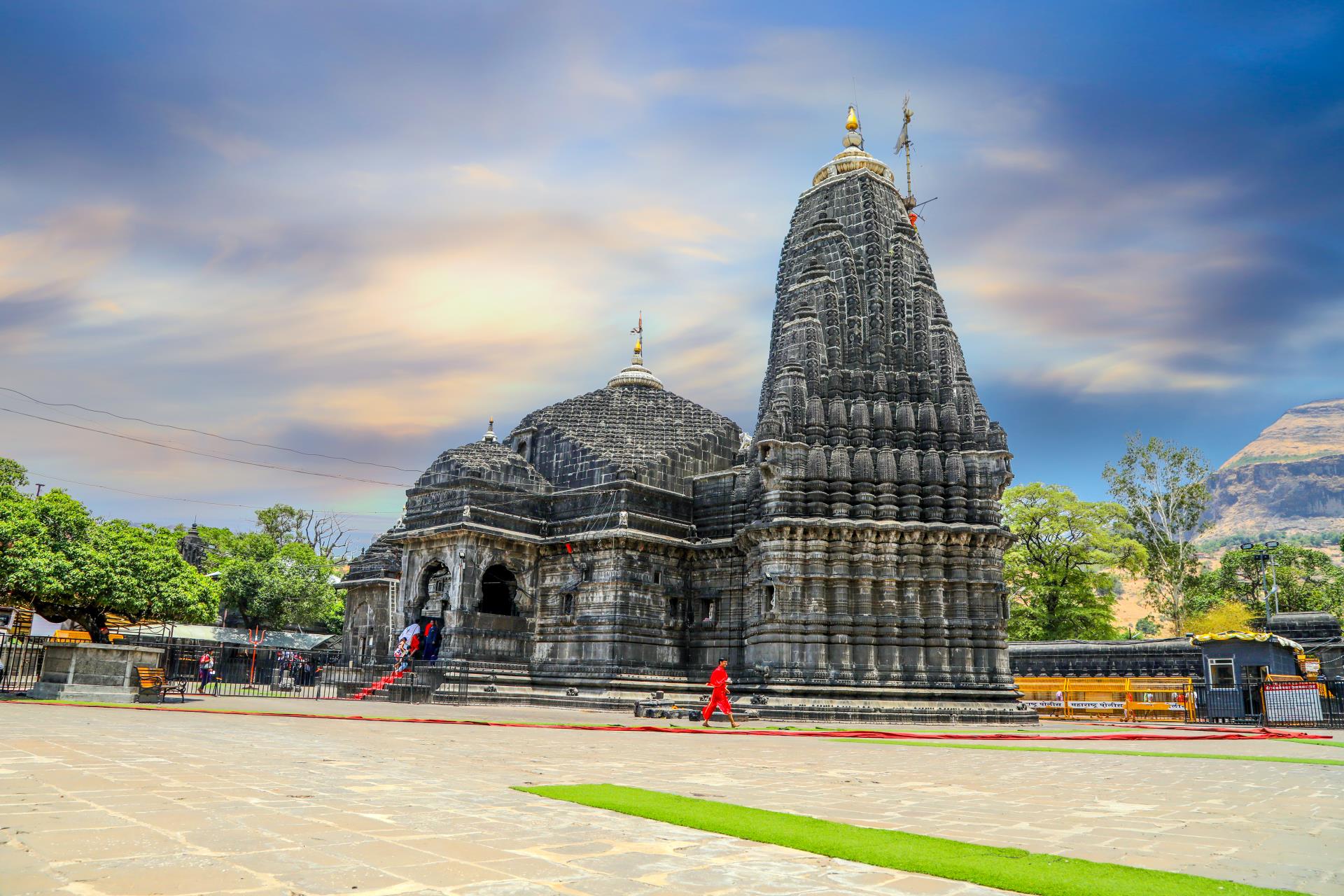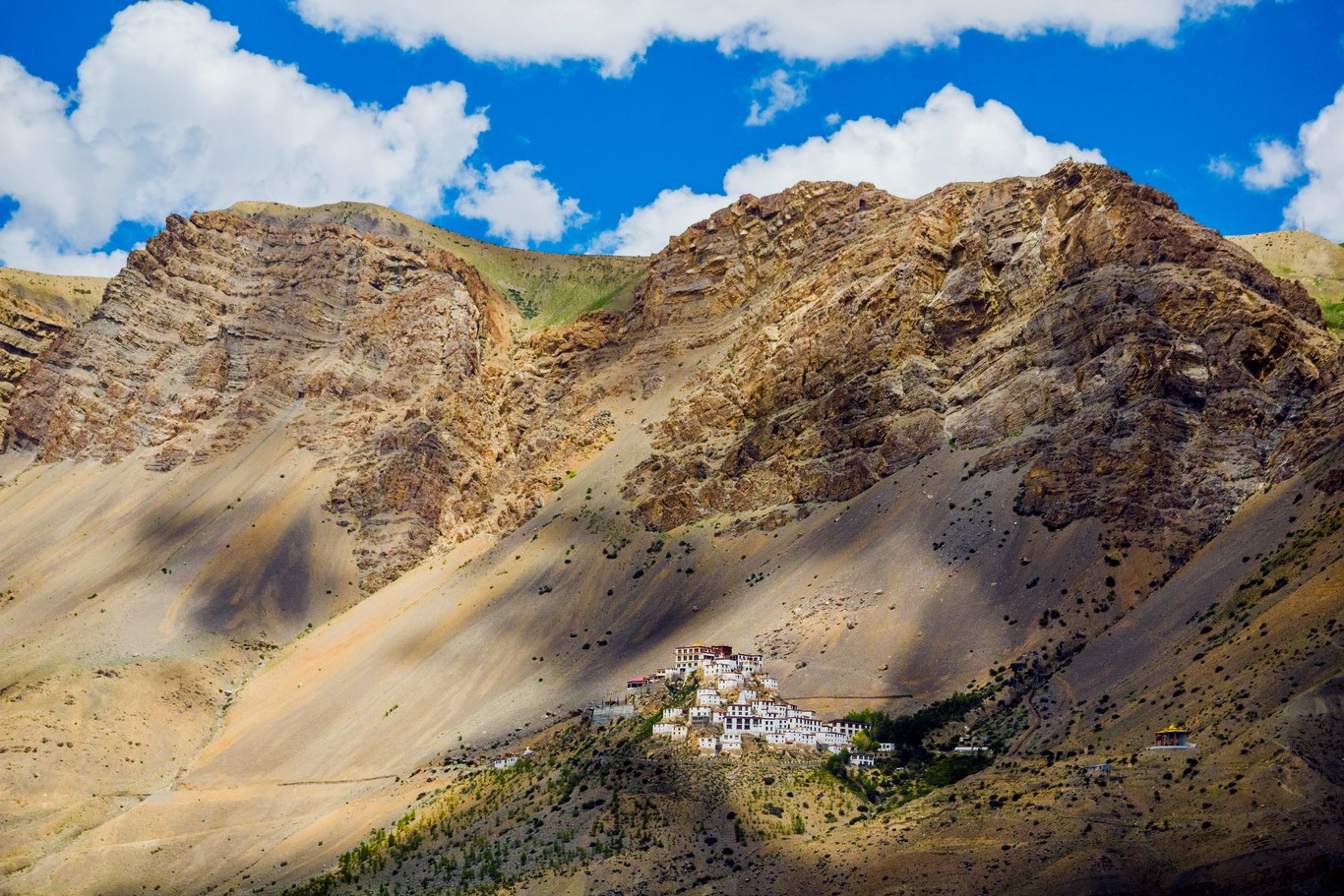
Sorry, we couldn't find anything that matches your search.
Destination

Famous Places to Explore in Hyderabad
A vibrant city with the imposing...

Raipur Tourist Places | Best Place to Visit
The stronghold of several erstwhile...

Ahmedabad
Declared as India's first UNESCO World...
#
Gette
At a height of 4,270 m, this is the highest village in Spiti Valley. It is a short distance away from Kaza, the administrative headquarters of Spiti, located at a height of 3,600 m.

Kinnaur
The land of Kinnaur has been bestowed with immense natural beauty and its lush green valleys, vineyards, orchards, snow-clad peaks and cold desert mountains are almost reminiscent of a fairyland. The Kinnaur valley is teeming with flora and fauna and can be accessed by the old Hindustan–Tibet highway that runs through it.

Pin Valley National Park
This attraction, located in a cold desert, is only for those who are physically fit and have strong lungs. It lies on both sides of River Pin and is known for the breeding of Chaumurti horses, which are then sold at Rampur-Bushahar at the Lavi Fair and in Ladakh. The quality of grass here, along with the lovely climate, ensures that the horses bred are sure-footed and can easily negotiate heights. One can also spot herds of ibex and bharal here. While the entry of foreign tourists is banned, Indians need to take a permit from the Deputy Commissioner Shimla or the sub divisional magistrate, Rampur, to visit here.

Lingti Valley
A pristine stretch cut by the gushing Lingti stream, a tributary of Spiti river, Lingti Valley is a delight for nature lovers. The area also invites adventure seekers as it has a number of scenic trails that boast spectacular beauty.

Kunzum Pass
At an altitude of 4,590 m, Kunzum Pass is the point of entry to Spiti Valley from both Lahaul and Kullu. At a distance of 20 km from Rohtang Pass, one needs to take a right turn at Gramphoo to reach the pass. While crossing it, you get to witness the enthralling Bara-Sigri glacier, which is among the longest in the world. While Spiti Valley lies on one side, one can see numerous peaks of the Chandra-Bhaga range on the other. Spiti river’s source is also from the Kunzum range. A temple and a hut have been recently built at the Kunzum Pass to provide shelter to passers-by.

Chander Tal
This deep blue lake with a circumference of 2.5 km is surrounded by snow-capped peaks and several acres of scree. Making for a beautiful picture, it is located at a height of 4,300 m and lies around 6 km from the Kunzum Pass.

Keylong
Located on the main road to Leh over Rohtang, Keylong is known for its green fields, willow trees, gurgling streams, brown hills and peaks capped with pure white snow.

Lhalung
An hour’s drive from Lingti Valley is the town of Lhalung. With pretty yellows of rapeseed and barley dotting the landscape, this beautiful place adds to the pretty shades of Spiti Valley. The main attraction is the Lhalung Monastery that lies near the top of the village and looks like an antique gem despite its modest structure. Its main chapel (Serkhang Gompa) lies beneath a painted yellow tin roof and the interior walls boast a beautiful array of vibrant and colourful mud-plaster sculptures. They are so old that some believe that they were made by god and not man. This monastery is one of the oldest in the valley and lies at an elevation of 3,658 m above sea level. In the vicinity is the Langkharpo chapel that has a distinct four-sided statue of the white deity, situated atop a podium of snow lions.

Kaza
Lying at an altitude of 3,660 m above sea level, Kaza is the administrative headquarters of Spiti. It is a natural wonder replete with verdnt landscapes, snow-clad mountains and beautiful vistas. A relatively secluded spot, it is ideal to connect with your inner self. Several monasteries, lying in close proximity, make for perfect retreats to meditate. The Ki, Hikkim, Komik and Langja monasteries are some of the popular stopovers.

Losar
The first inhabited village of the area, Losar lies where Losar and Peeno streams meet. It is situated at a height of 4,080 m above sea level. This village is located adjacent to the Indo-Chinese border and is the extreme end of Spiti Valley, its landscape very much resembling that of Ladakh. Towering and beautiful mountains, picturesque rivers and gorgeous vistas make Losar a must-visit spot for nature lovers. Though it is unexplored, the village has shops, schools, a post office and a health centre, serving to the convenience of those visiting it. Another attraction nearby is the Chandratal or the Moon Lake, where one can get even more lovely views. To reach the moon lake, one has to cross the Kunzum Pass. The best time to visit Losar is between July and September.

Kibber
Lying at a height of 4,205 m above sea level, Kibber used to be the highest village in the region and was permanently inhabited and connected by a motorable road. This scenic and mountaineous village is known for its natural beauty and monasteries. Many say that the landscape of Kibber resembles that of Tibet and Ladakh and thus its beauty lies in its barren splendour. The famous Ki monastery, which is the largest monastery in the valley, lies very close to the village.
The village is home to a civil dispensary, a high school, a post office, a telegraph office and a community TV set. The 80 houses in the village all use stone instead of mud or bricks for construction. It is located 8 km from Ki Village and 16 km from Kaza, and is a base for several high-altitude treks. Another attraction here is the Kibber Sanctuary that lies a little beyond the village and is spread over a 1,400 sq km area. This sanctuary is the only one in India that is located in a cold desert and one can find blue sheep and ibex here. Kibber is also one of the most fossiliferous regions in the country and a great place to learn about times past.








